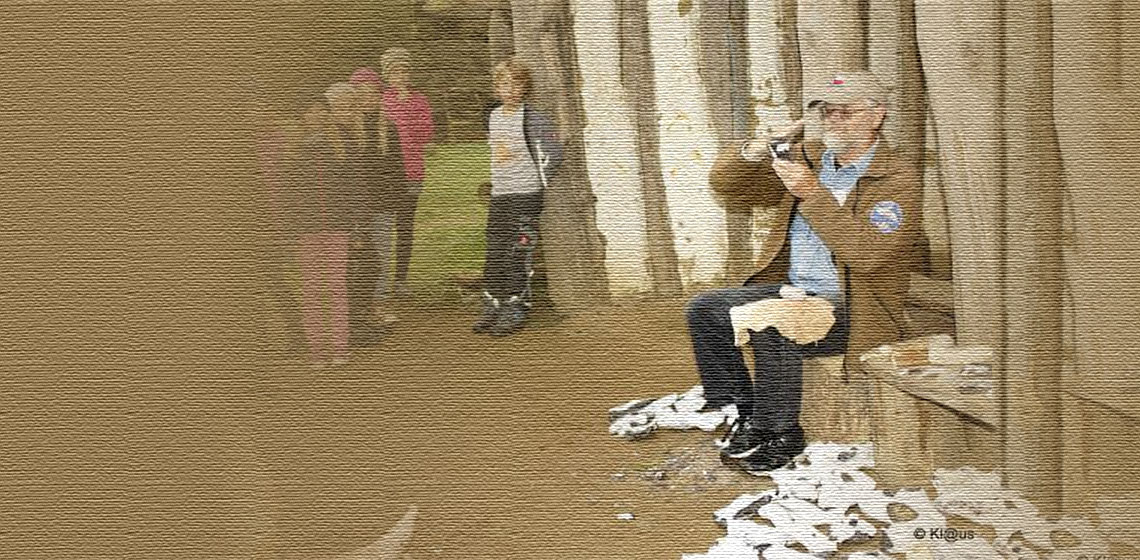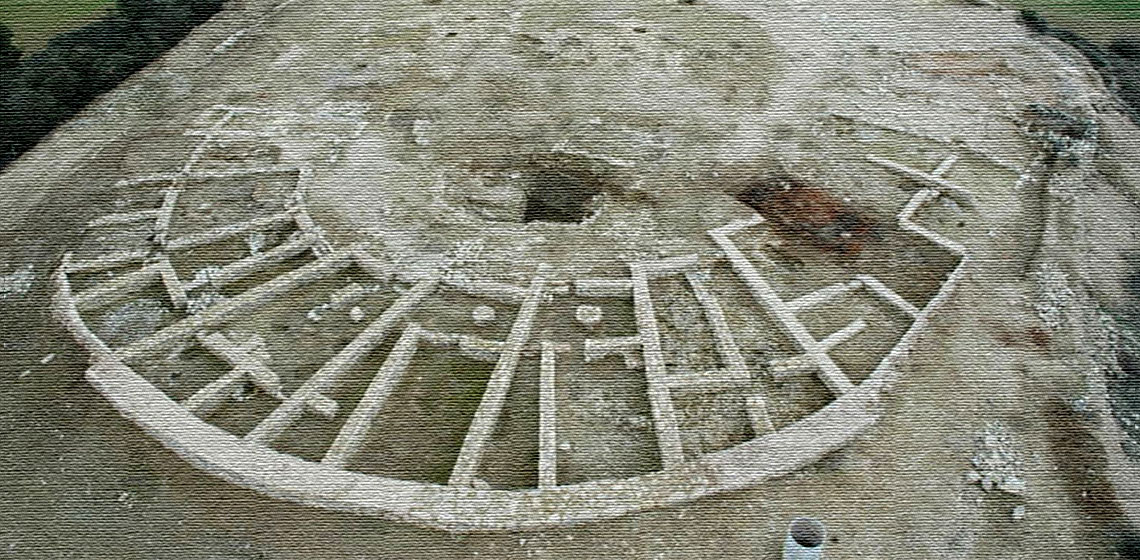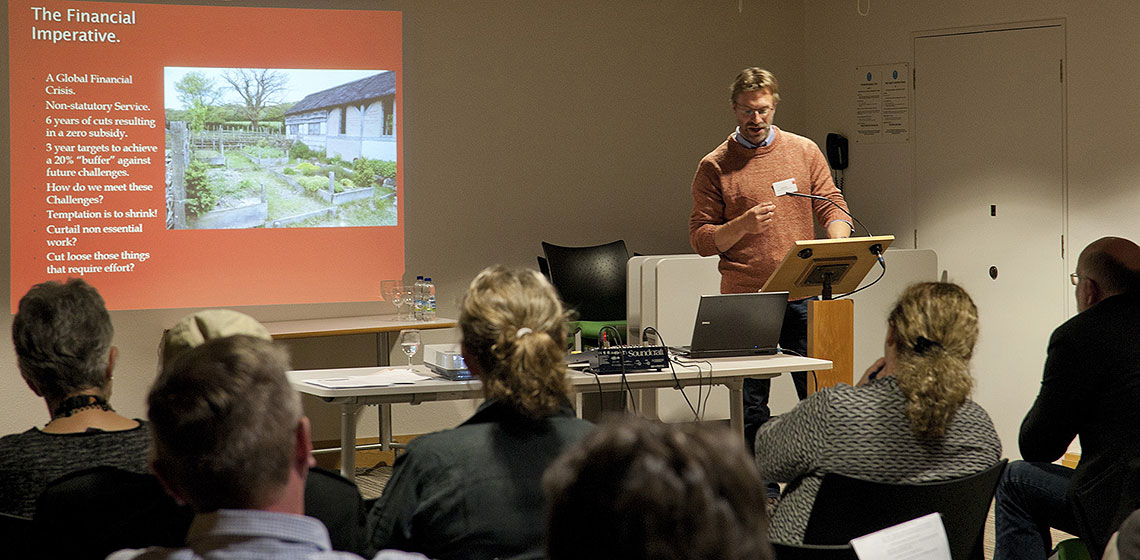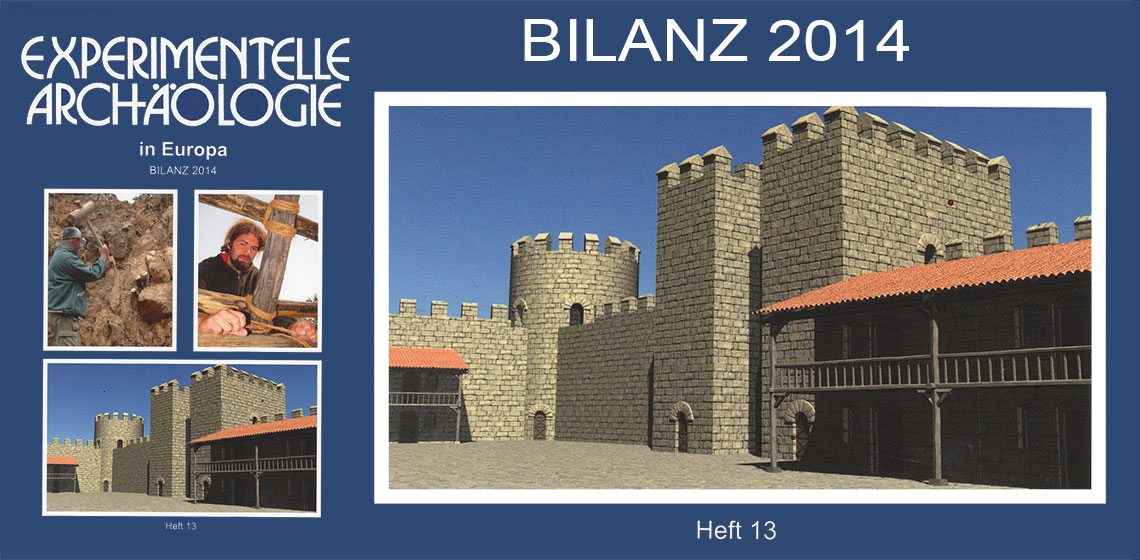EXARC Journal Issue 2015/3
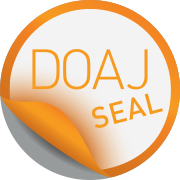


8 Articles | DOAJ | Open Access
ISSN: 2212-8956
Publishing date: August 30, 2015
📄 EXARC Journal 2015/3 Table of Contents
Copyrights: EXARC, 2015
Summary
With the Summer ending and a bit later than planned EXARC published its third online Journal this year. We prepared 8 articles this time, of which two are Mixed Matters. The other six are peer-reviewed and cover four different areas. Two of the articles stem from a new themed Issue. This is about Craft and Skills in the OpenArch Project.
Reviewed Articles
Construction of a Neolithic Longhouse Model in the Museum of Prehistory Urgeschichtemuseum (MAMUZ)
Publication Date
The museum of prehistory Urgeschichtemuseum (MAMUZ) in Asparn an der Zaya looks back on a long tradition, starting in the late 1960s, when the province of Lower Austria’s prehistoric collection found a new home at the freshly renovated palace Schloss Asparn. While the palace was being set up as a presentation area for the collection items...
Experiencing Visible and Invisible Metal Casting Techniques in Bronze Age Italy
Publication Date
OpenArch Dialogue with Skills Issue
***What we know about Bronze Age metalworking in Italy basically relies on finished artefacts and on stone, clay or bronze implements involved in the process of manufacturing (tuyères, crucibles, moulds, hammers, chisels, et cetera; Bianchi, 2010; Bianchi, in press).
***What we know about Bronze Age metalworking in Italy basically relies on finished artefacts and on stone, clay or bronze implements involved in the process of manufacturing (tuyères, crucibles, moulds, hammers, chisels, et cetera; Bianchi, 2010; Bianchi, in press).
A Gaulish Throwing Stick Discovery in Normandy: Study and Throwing Experimentations
Publication Date
In 2010 archaeological excavations on the pre-Roman site of Urville Nacqueville, Normandy (France) discovered a shaped unknown wooden implement. This boomerang shaped wooden artefact, dated from 120 to 80 BC, has been found in an enclosure trench of a Gaulish village close to a ritual deposit of whalebones...
Knapping Skill Assessment
Publication Date
OpenArch Dialogue with Skills Issue
***This article is derived from a presentation made by the senior author at the OpenArch Conference "Working with stones in European Pre- and Proto-history in theory and in practice" organised by the Archaeological-Ecological Centre Albersdorf (DE), 23-27 September, 2013.
***This article is derived from a presentation made by the senior author at the OpenArch Conference "Working with stones in European Pre- and Proto-history in theory and in practice" organised by the Archaeological-Ecological Centre Albersdorf (DE), 23-27 September, 2013.
The Creation of an Experimental Camp of Protohistory at the Iberian Settlement of Estinclells (Verdú, Urgell, Catalonia)
Publication Date
The idea to create the Experimental Camp of Protohistory (CEP) emerged in late 2009. It was set up in a field adjacent to the Iberian Culture settlement of Estinclells (Verdú, Urgell), an archaeological site with only one phase of occupation that offers an exceptional portrait of life in the third century BC...
What Does Your Visitor Experience? Making the Most of Live Interpretation in a Unique Setting
Publication Date
OpenArch Special Digest 2015 Issue 2
***Archaeological Open-Air Museums (AOAM) offer a unique setting in which live interpretation can make history come truly alive. For many, or perhaps all, AOAM history is the product being sold to the public. During the five years the OpenArch project has run the partners have spent many hours discussing the...
***Archaeological Open-Air Museums (AOAM) offer a unique setting in which live interpretation can make history come truly alive. For many, or perhaps all, AOAM history is the product being sold to the public. During the five years the OpenArch project has run the partners have spent many hours discussing the...





